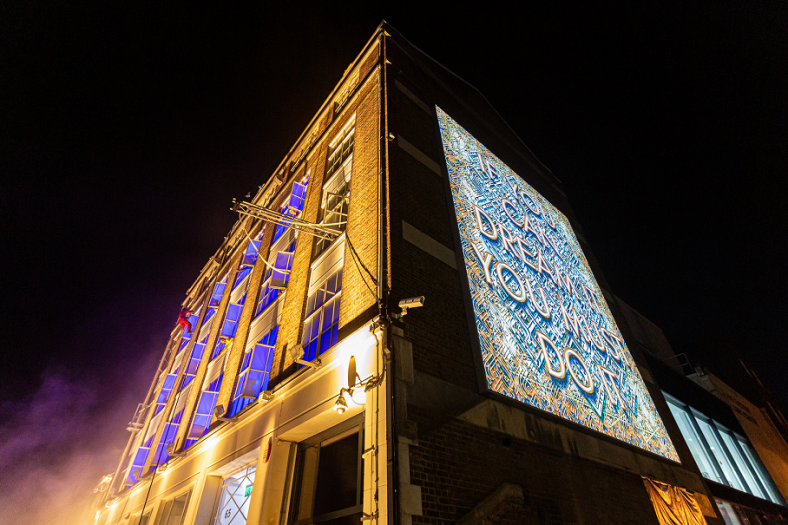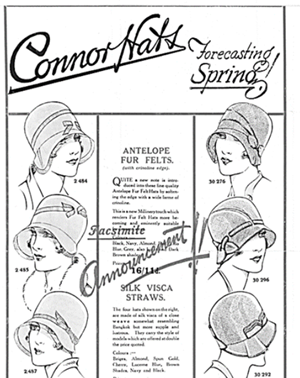From the beginning of the twentieth century, Luton was known for its car manufacturing with the Vauxhall plant dominating the town. In recent years, one of UK’s most successful budget airlines, Easyjet, has helped transform London Luton Airport, putting the town firmly on the map as a top regional airport for passengers travelling to Europe and beyond. Yet, the town has a rich heritage as a thriving international hat making centre going back over 150 years.
Anyone who’s joined one of the Luton’s history walks or watched the “Hats” episode of the popular BBC “Made in GB” series last year will appreciate the town’s rich heritage as a thriving international hat making centre going back over 150 years. If you look up to the roof tops, you can’t miss the fascinating architecture and distinct brick features, Dutch style parapets and arches on many of the old hat buildings in the Plaiters Lea Conservation area of Luton.
At its peak in the 1930s, the region was producing around 70 million hats a year. After the Second World War less demand and overseas competition saw the steady decline of Luton’s hat trade but some of the UK’s most talented milliners and hatters still create exquisite hats for discerning clients across the world today.
One of Luton’s most familiar hat factories, The Hat Factory Arts Centre, has just been refurbished and reopened in September 2019. It sits on a busy thoroughfare between Luton mainline station and The Mall. Although the current building was built at 65-67 Bute Street in 1927, records suggest there were other hat factories on the site. The hat factories knew a massive growth in the 19th and early 20th century, becoming a declining industry in the ’90s.
From 1895 –1910 James Higgin Bottom & Sons, straw and felt hat manufacturers were established there and Gaunt & Hudson Ltd Hat manufacturers are listed at 65/67/69 Bute Street in 1913. The Higgins hat factory was seen in the 1914 Directory of Luton at number 65 while Gaunt & Hudson continued in numbers 67/69. This would have been a prime location for businesses given its proximity to the railway line.
The ladies hat manufacturer, J & K Connor, occupied the new building during the 1920s. They stayed there until the mid 1930s and returned to the premises in 1950s, although the building seems to have been vacant for a time over the Second World War. Towards the end of the 1950s other companies shared the building including Hubbard’s felt manufacturers from 32 Guildford Street, which is now Hat House and is also part of Luton Culture’s Hat District regeneration project. By 1963, J. Albert & Co hat makers also shared the building until they moved premises to John Street, around 1974.
During the 1990s the James Egleton hat factory occupied the building. Egleton supplied well known fashion houses, high street labels and retailers including Jaeger, Planet, Windsmoor, House of Fraser, John Lewis Partnership, Harvey Nichols, Fortnum & Mason. They also supplied Royal Milliners Philip Somerville and Frederick Fox [LVO] with hat shapes. The business merged with the parent company W. Wright & Son Ltd Hat Manufacturers in Hightown Road in 1993/4, where 90 craftsmen and women were already employed.
In 1998 an artezium was created. This new arts and media hub was conceived by Luton Borough Council for music, comedy, dance and a range of other performances as well as space for creative industries. It was re-imagined in 2004 as the Hat Factory regional arts centre offering a theatre, comedy bar, café, office space, education rooms and a vibrant year-round arts programme. In 2015, a new café was opened and named after the historic hat company Connors.









No Comments
Add a comment about this page